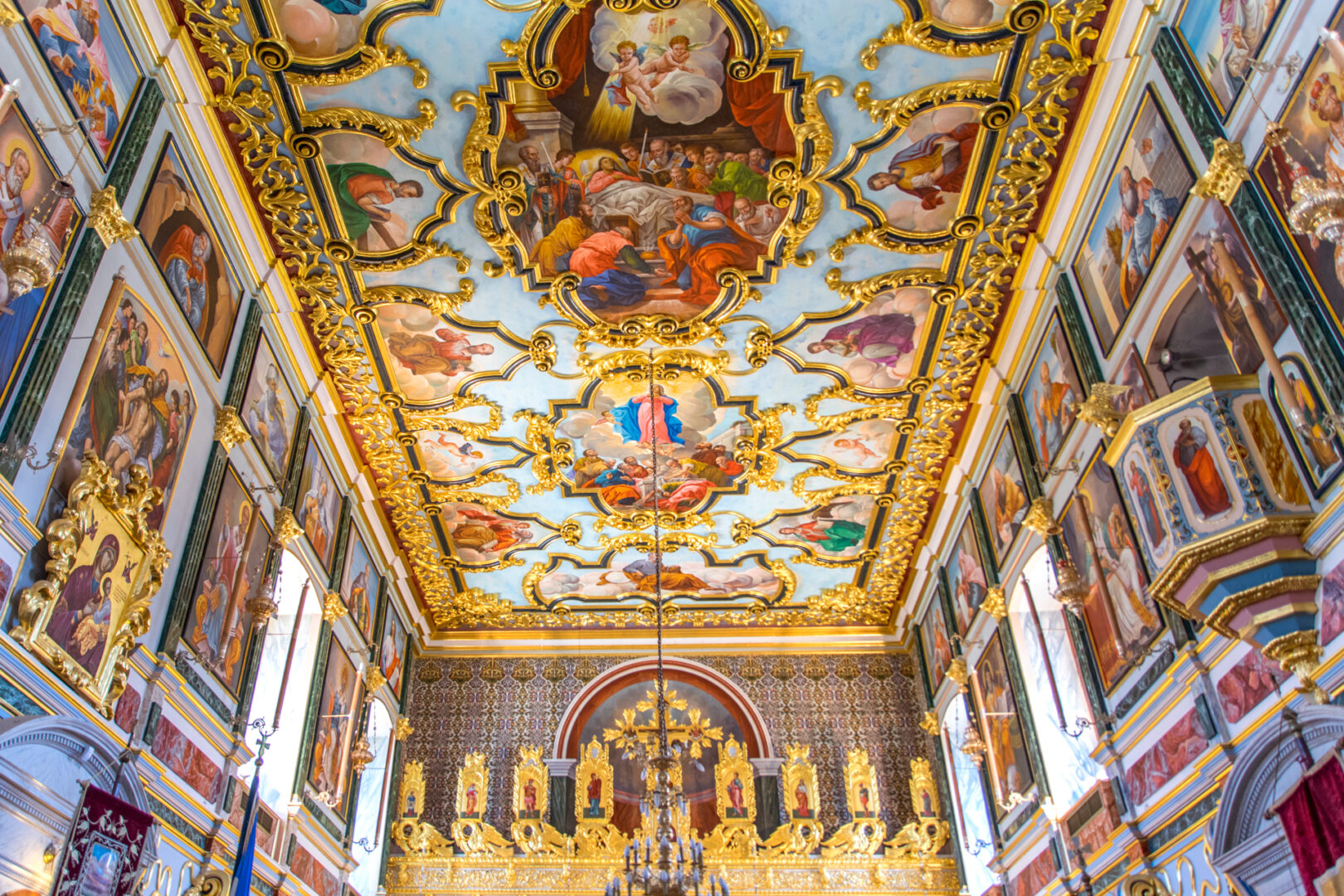
Orlov Revolt (1770–1771)

The Orlov Revolt was a Greek uprising primarily centred in the Peloponnese. It erupted in February 1770 following the arrival of the Russian Admiral Alexey Orlov, commander of the Imperial Russian Navy during the Russo-Turkish War (1768–1774) to Mani. The revolt was a major precursor to the Greek War of Independence and was part of Catherine the Great’s so-called Greek Plan. Eventually, it was suppressed by the Ottoman Empire. Many Ionian Islanders participated in this war including Zakynthians; however, none of the war was fought on Zakynthian soil. Increasingly, the participation of Zakynthians (who were effectively Venetian subjects) in wars outside of Zakynthos took on a national character which went against the wishes of the Venetian rulers and often resulted in reprisals. In fact, Venice in accordance with their purported neutrality did their best to reduce the participation of Zakynthians in the Orlov Revolt and made overtures of peace to the Sultan of the Ottoman Empire.
Following a long period of peace, on 23 October 1768 the Ottoman Empire declared war on Russia in response to supposed aggressive Russian foreign policy and interference in Crimea, an Ottoman vassal at the time. Hoping to weaken the Ottoman Empire and establish a pro-Russian independent Greek state, Russian emissaries had been sent to Mani in the mid-1760s to make a pact with the strongest local military leaders. At the same time, notable Greeks approached various Russian agents discussing the project for the liberation of Greece. In preparation of war, Russian agents promoted Greek rebellion to support military actions in the north. Several Greeks serving in the Russian army were either sent to Mani or worked with other Russian officers to ferment insurrection in the Morea. The organization of the Greek rebellion was put under the command of the brothers Alexei and Grigroy Orlov.[45]
In the meantime, many Zakynthians and Kefalonians had crossed over to the Morea. The Zakynthian Captain Palikoukias of the ship Atta furnished with 20 cannon and a paid crew of 80 sailors had lowered the flag of St Mark of Venice and raised the Russian flag. The Zakynthians also chartered two ships and disembarked Lechena, around Gastouni. The Venetian provveditores of the islands expressed alarm at the fanaticism of the locals for the Orlov Revolt to his superiors in Venice. By early March, the Greek rebels were initially successful and managed to defeat Ottoman forces in Laconia and eastern Messenia in southern Morea. In the north-west of the Morea in Elis, Zakynthian and Kefalonians managed to control the area after a force of around 2,000 Zakynthians led by Vassilieos Makris, Nikolaos Fourtounis, Xanthopoulos and Thrakiotis sieged Pyrgos and then conquered Gastouni and most of Elis. They set up a government administration along similar lines as the Venetian Republic. Nikoalsos Fourtounis was appointed provveditore of Pyrgos and Gastouni. Along with a Kefalonian force, the Zakynthians the besieged Patras. The siege last 20 days until the reinforcement of Turk-Albanians arrived. In response, many of the Zakynthians and Kefalonians left the area including Gastouni. When they returned to Zakynthos and Kefalonia many requested a pardon from the authorities as their participation in the Orlov Revolt was considered a crime. Following pressure from the Ottomans, Venice attempted to pursue the Zakynthian and Kefalonian leaders. The leader, Vassileios Makris escaped punishment but was pursued later in 1776 for his leadership of the Zakynythian force in the siege of Patras. However, the case against Makris and others like Nikolaos Fourtounis was finally heard in 1781 and they were eventually pardoned.